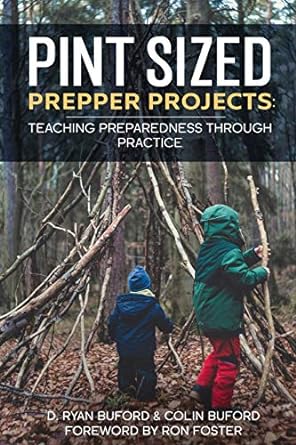How to: Make Wild Garlic Mustard Pesto
Video
In this video I will show how I make a really tasty pesto from Wild Garlic Mustard. Garlic Mustard (Alliaria petiolata) is a common wild edible perennial found all over the world.
This is a delightful early Spring find. Garlic Mustard has a pungent garlicky flavor and taste. The young plants are good in salads, as a trail nibble, in pestos and sauces, and as a seasoning. This despised invasive plant is actually one of the best and most nutritious common wild foods. The pungent, mildly bitter, garlic-flavored basal leaves are good from late fall to early spring. Below is a basic pesto recipe that is surprisingly savory and that I make quite often.
-
INGREDIENTS:
- 1-1/2C Garlic Mustard greens (Allaria petiolata)
- 3/4C to 1C Olive or salad oil
- 1C Parmesan cheese
- 1/4t Salt to taste (optional)
-
DIRECTIONS:
- Thoroughly wash the leaves
- Finely chop the leaves
- Puree all ingredient in food processor
- Use as topping for pasta, pizza; dip for chips, crackers, hors d'oderve condiment, etc....
-
FORAGING RULES:
- Only harvest plants that you have 110% positively identified.
- Only harvest from areas where you have permission to do so.
- Only harvest from areas you know are not sprayed, contaminated, or polluted.
- Only use your harvest after they have been well washed in clean water.
- Only ingest small amounts at first; If you choose to do so it is AT YOUR OWN RISK!
DO NOT use this video as the source of truth...DO YOUR OWN RESEARCH and/or find someone in your area who is knowledgeable and competent in this subject matter.
#5 is especially important if you are new to wild foraging. Aside from the obvious dangers of thistles, poison ivy, poison oak, and deadly water hemlock...Many wild plants contain off the charts vitamins and minerals which might create a shock to your system...considering the nutrient count of your average domesticated vegetable foodstuffs.
Also an adendem to rule #1 is follow Green Deane's of EatTheWeeds I.T.E.M-ize Rules:
• (I)dentify the plant beyond doubt....be sure it is the right
• (T)ime of year. Check its
• (E)nvironment. This involves two things. One is making sure it is growing in the right place. The other is making sure the plant is getting clean water and is not in polluted soil. And then...
• (M)ethod of preparation.
"Look down, eat up....you are walking on your FOOD!" ~ Linda Runyon







